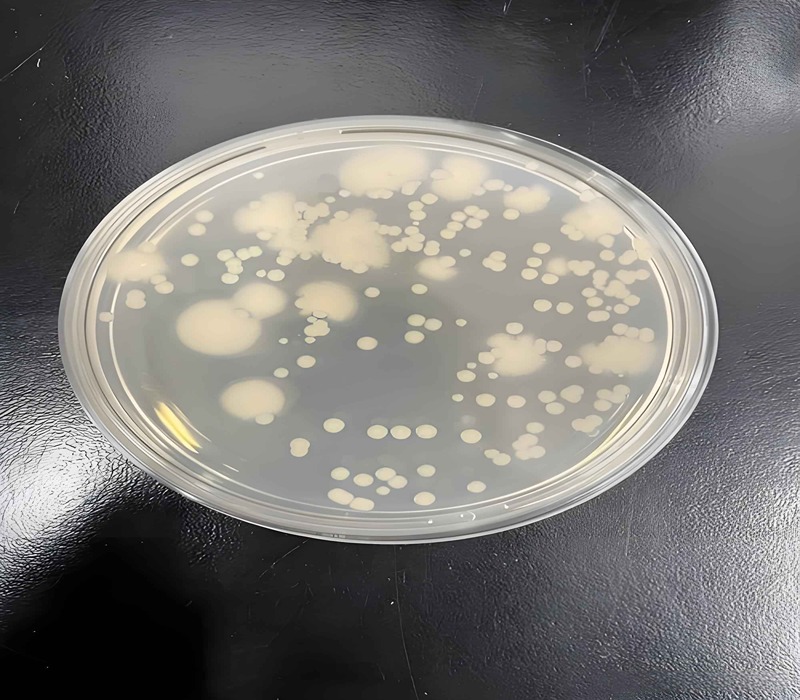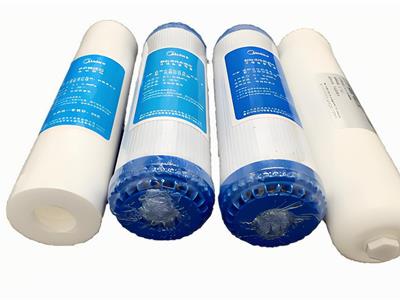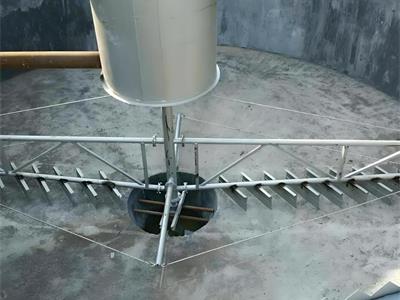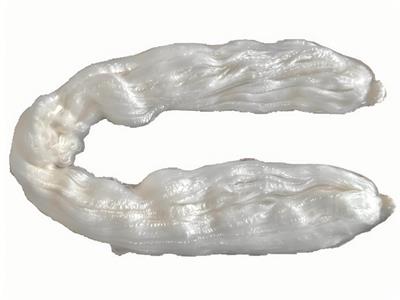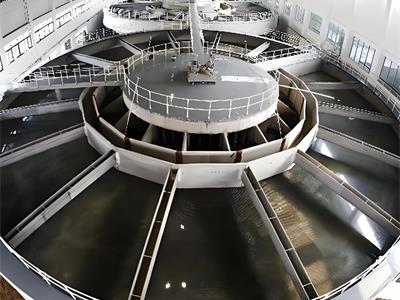- 2025-07-22
Removal of coliform bacteria from water
What are coliforms?
Coliforms are a family of bacteria that encompass a wide range of bacteria that are commonly found in the environment. They are found in high levels in the feces of warm-blooded animals such as dogs, deer, and humans. Despite their high levels in the environment, most coliforms do not cause illness in humans, but some are infectious and primarily cause waterborne diseases such as diarrhea. Coliforms are easily detected under laboratory conditions and are usually found in greater numbers than disease-causing microorganisms. Since they survive longer in aquatic or adverse environments, they are often used as a determinant of possible contamination with harmful microorganisms. The absence of coliforms usually indicates the absence of other pathogens. Therefore, the presence of coliforms in water usually indicates a contamination pathway between a possible source of bacteria (sewage treatment system, surface water) and the water supply. This means that potentially harmful bacteria could enter the water supply through this pathway.
Removal Methods
After the test results are available, there are a number of methods you can take to remove and prevent E. coli. Depending on the level of analysis of the test results, you can learn the type of bacteria mentioned above and what treatment measures should be taken.
System Maintenance: Before we discuss treatment methods, let's look at simple maintenance methods. For example, extend a buried cesspool above ground level and slope the ground away from the cesspool to prevent surface water from entering the cesspool. You can also make sure there is a sealed, sanitary cover on top of the cesspool to prevent insects and animals from entering. If the test results show the presence of E. coli, check your septic system for any leaks, blockages, or other signs of malfunction, especially around and leading to the cesspool or spring.
Shock Chlorination: Sometimes E. coli enters a water system due to a one-time or temporary contamination event, such as a rainstorm, flooding, or the installation of a new pump or other underground system. Shock chlorination disinfects well or spring water by adding high concentrations of chlorine to the water for a short period of time. This is a quick way to quickly remove E. coli.
To confirm the effectiveness of shock chlorination, retest the water for coliform bacteria in two weeks and again after two months. If both tests are negative, it is likely a one-time contamination and has been cleared. If not, more stringent treatment methods can be used.
Continuous Disinfection: Continuous chlorination involves injecting chlorine into the water through the water supply. Chlorine can be either liquid or solid. Filters are usually installed before the water supply to remove sediment from the water. Chlorine kills bacteria in the water, but it also reacts with other impurities such as iron and organic matter. The amount of chlorine used should be determined based on the results of coliform bacteria and other impurities. It is important to note that the amount of chlorine remaining after disinfection should not be excessive, as chlorine will affect the taste and color of the water. It is best to remove the chlorine before drinking after disinfection.
The contact time of chlorine in the continuous chlorination process is usually 30 minutes to eliminate bacteria. Therefore, standard pressure tanks are usually not enough to accommodate the required time, so it is necessary to install large water storage tanks or to deliver chlorine through a series of coils after chlorination. The chlorine system must be operated normally and replenished regularly to ensure efficiency.
How to Treat E. coli in Water
Ultraviolet light: For home users, a relatively simple, affordable and arguably the most effective way to protect tap water from E. coli contamination is to use a UV system. A UV system is a metal container with UV lamps. As the water passes through this container, it is exposed to a large amount of UV light. This radiation kills bacteria and purifies the water.
It is not recommended to use UV disinfection on water sources with total coliform bacteria exceeding 1000 colonies per 100 ml or fecal coliform bacteria exceeding 100 colonies per 100 ml. In addition, the raw water entering the unit must be completely clear and free of any suspended sediment or organic matter so that the UV light can directly irradiate the bacteria. Make sure to install the best coliform filter so that the UV system can effectively remove coliform bacteria.
Ozonation and boiling: Similar to chlorination, ozone is injected into the water to kill bacteria. Ozone is a gas that is produced using electricity. The advantage of ozonation is that it can be used to treat a variety of contaminants in water, such as bacteria, iron, and manganese. The disadvantage is that it is more expensive than chlorination and UV irradiation systems.
Challenges
Identification of coliform bacteria
The presence of E. coli causes common water quality problems in most countries around the world. E. coli is mainly found in surface water sources such as lakes, ponds, rivers, and streams. They usually enter surface water sources when rain washes waste into the water system. Animals may excrete feces directly into creeks, which then flow into larger streams and lakes, carrying contaminated waste. Sometimes they are discharged into natural waterways when human wastewater treatment plants incorrectly treat or disinfect wastewater before discharge.
In addition to shallow water and wells, deep wells can also cause contamination through water flow along the well casing, especially if the well casing is cracked or poorly constructed. This can also occur if the septic tank drain bed is located too close to the well.
When identifying coliform bacteria, specific species of coliform bacteria can be tested. Water samples must be collected using sterile bottles to test for coliform bacteria. An alternative to sterile bottles is bottles that contain a bacterial preservative. The bacteria are then cultured and quantified in the laboratory. There are three types of coliform bacteria, so there are three ways to measure coliform bacteria.
Total coliform bacteria: Includes many different species that live in different environments, such as soil, water, vegetation, and the digestive tracts of warm-blooded animals.
Fecal coliforms: These are the total bacterial species that live in the intestines of warm-blooded animals.
E. coli: The full name is Escherichia coli, which refers specifically to bacteria found in the intestines of animals and humans.
Solution
The recommended systems are ours:
Commercial RO System Series
Commercial Brackish Water RO System Series
Industrial RO System Series
Industrial Brackish Water RO System Series
Industrial UV Sterilizer Series
Commercial UV Sterilizer Series
Advantages
Boiling can also cleanse water from E. coli, especially in drinking water where relatively small quantities are required. Boiling water for one minute will kill all bacteria. On the other hand, this method is costly and energy-intensive.
To ensure that E. coli does not recur after removal, removal procedures and system maintenance should be used simultaneously. This ensures that such bacteria will not enter the water supply in the future, thus protecting the health of all involved.
Most of these treatment systems are complex and require professional installation, and should be purchased from a regular water treatment company.

